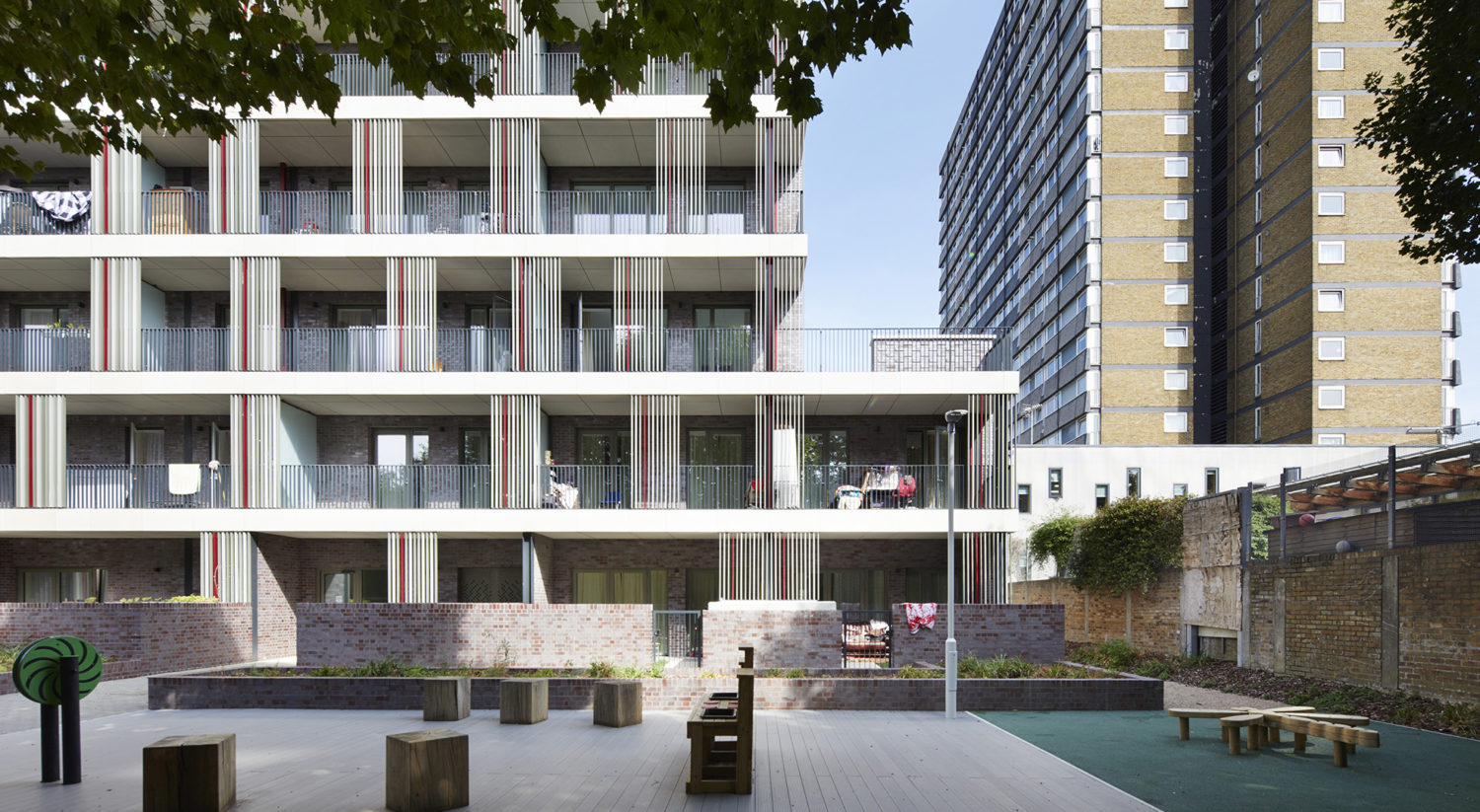A council house renaissance
Redistribution is at the heart of building the new generation of council housing, writes Danny Beales.
This year marks the 100-year anniversary of the first council housing in Britain. Under successive governments in the post-war period, large-scale house building was a priority, providing hope, decent housing and opportunity for millions of citizens. This consensus ended in the 1980s, when home ownership become the overriding policy objective and new council homes dried up almost completely.
Today, local authority housing is as crucial as ever to people’s life chances. When we complete a new council development, we are producing not just units, but family homes. Each one we build offers hope of a better future for a family. One of the greatest tasks as a councillor is handing over a new set of keys and opening the door of opportunity to a new home. Having myself grown up in temporary accommodation and been homeless, this is a particular personal honour. In my own borough, hundreds of families have had their lives transformed: overcrowding ended, disabled residents with homes that are fully accessible, children with bedrooms of their own and places to study.
In the 20th century, Camden was at the forefront of the municipal socialist movement: from building some of the first-ever council estates; to the Camden architects’ department designing world-famous buildings which reimagined modern living; to radical leaders of the council buying up private homes in the 1970s to expand people’s chances of renting affordably.
With this history, it is fitting that Camden is now once again leading the municipal housebuilding revival. We are now building the next generation of council homes, after decades of local authorities having to retreat from this task.
But government spending cuts make this an uphill task. England’s housing investment programme was slashed by 60 per cent in 2010 – a cut which saw the number of new social homes fall from around 39,000 in 2010 to just 6,500 in 2017. Councils have had to innovate to deliver on our ambitions without national funding. In Camden, our answer was our community investment programme – a self-financed investment programme of more than £1bn. We committed to deliver 1,100 new council homes, 300 living rent homes and 1,650 homes for sale and rent which would fund them.
This cross-subsidy model ensures that every pound raised gets reinvested into new social rent homes, improving our streets and creating new public spaces, building new schools, and refurbishing estates, community centres and other facilities. Our approach redistributes money from those who can afford to buy their own homes to be invested in genuinely affordable council homes for those who cannot.
Since the launch of the programme, we have delivered over 350 new council homes, with another 400 in the pipeline in the next four years. In July, the council also agreed in principle three new large-scale projects which would provide over 800 new council and living rent homes.
Last year Camden built more than half of the 680 homes completed by councils in London. But building council houses is not just about providing new homes, vital as that is. It can also be a way of ensuring residents have access to a decent job and training. Through our investment programme, we have secured 193 apprenticeship opportunities and 141 work experience placements. And, by the end of the programme, we will have created 4,500 construction jobs.
The average cost of buying a new family home in Camden is £1m, and private sector rents are over £450 per week. With more than 5,500 families on our waiting list, often in inadequate housing situations, there is still much more we need to do. It is clear that, like all councils, we need to go further, in both scale and pace of delivery.
To do this we need a government that backs councils to build. Government must recognise council housing as key national infrastructure. The Greater London Authority recently revealed that around £5bn of annual investment over a 10-year period is needed to build the council homes London needs. We need greater grant funding, and a long-term funding settlement to provide certainty for programmes like ours.
Other smaller changes would also make it easier for boroughs to build. This includes enabling councils to combine different forms of grant funding for homes, allowing us to keep all of the receipts of the right to buy, rather than a mere fraction of them, and ideally having a moratorium on the right to buy completely.
Councils are already finding new ways to deliver – and we are ready to go even further. Municipal socialism is alive and well, as we draw on our radical legacy of building council housing, stepping in to correct market failure, and tackling the housing crisis head-on. When the early pioneers delivered the first council homes 100 years ago, the need was clear. Now, the need for action, and funding, is just as pressing – if not more so.
Photo credit: Jack Hobhouse

